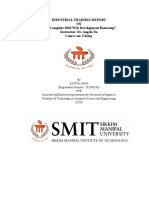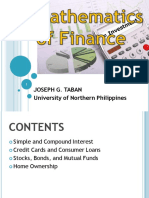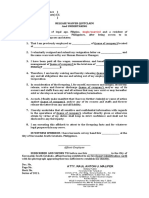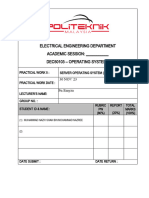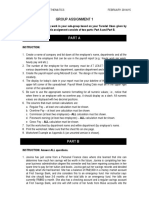0% found this document useful (0 votes)
39 views7 pagesWeb Design Notes
The document provides an overview of web design, covering essential topics such as the Internet, World Wide Web, and key tools used in web development like HTML, CSS, and JavaScript. It explains the structure of HTML documents, including tags, attributes, and various elements like lists, images, and forms. Additionally, it outlines the roles of web servers and clients in the web design process.
Uploaded by
DavyCopyright
© © All Rights Reserved
We take content rights seriously. If you suspect this is your content, claim it here.
Available Formats
Download as DOCX, PDF, TXT or read online on Scribd
0% found this document useful (0 votes)
39 views7 pagesWeb Design Notes
The document provides an overview of web design, covering essential topics such as the Internet, World Wide Web, and key tools used in web development like HTML, CSS, and JavaScript. It explains the structure of HTML documents, including tags, attributes, and various elements like lists, images, and forms. Additionally, it outlines the roles of web servers and clients in the web design process.
Uploaded by
DavyCopyright
© © All Rights Reserved
We take content rights seriously. If you suspect this is your content, claim it here.
Available Formats
Download as DOCX, PDF, TXT or read online on Scribd
/ 7


































